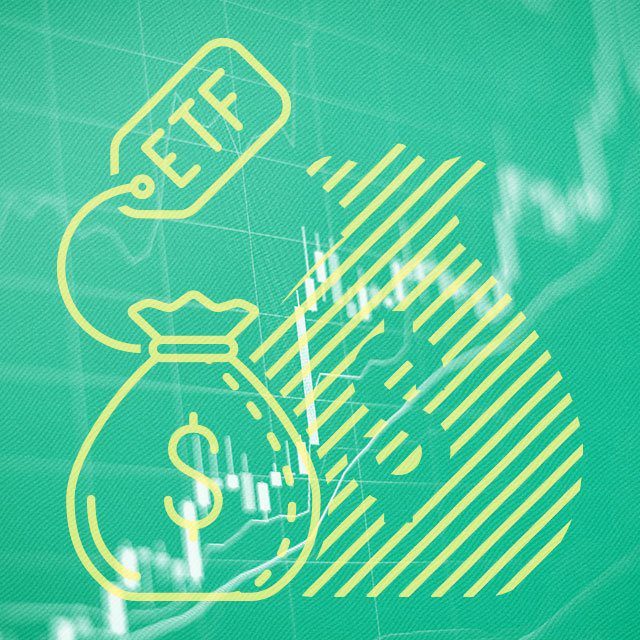Income-Generating ETFs Popular in Tough Market

What You Need to Know
Investors are selling overpriced, actively managed funds and buying into cheap index ETFs, Dave Nadig says.
ETFs featuring dividend strategies, munis and high-yield bonds have seen strong inflows, he says.
Nadig warns that some ETFs are high risk.
Exchange-traded funds have been enjoying massive inflows in a year marked by high inflation and a bear market, with income-producing ETFs drawing significant investor interest.
ETFs are now the vehicle of choice for most active investors and are becoming the default choice for most long-term investors as well, according to Dave Nadig, financial futurist at research and consulting firm Vetta Fi.
The $6.6 trillion ETF industry in the U.S. has seen $375 billion in net inflows this year during the worst financial market in decades, and the funds are flowing across the board, including billions of dollars in positive inflows into equities, commodities, currencies and alternatives, he told ThinkAdvisor recently.
“It’s been one of the circumstances where the entire ETF universe has caught a bid,” Nadig said.
People see underperforming, overpriced active mutual fund managers, “they finally capitulate, they sell and where do they put that money? They put it into very cheap, very boring ETFs,” he said.
In a high-inflation environment, “income is really the place where people have been headed,” Nadig said in an interview, noting the launch of many income-focused ETFs this year. One of the best, the JPMorgan Equity Premium Income ETF (JEPI), generates “a monster yield” using dividend-paying stocks and options, Nadig said.
“That hunt for income, we’ve seen it in dividend strategies, we’ve seen it in munis, we’ve seen it in high-yield bonds,” he said. Real estate ETFs, like the Vanguard Real Estate Index Fund (VNQ), also have attracted inflows, he noted.
“Anything that’s throwing off income” is drawing inflows, Nadig said, noting that people flood to quality during big drawdowns.
Many advisors and investors see dividend payers — and specifically dividend payers with long track records of maintaining and growing dividends — as the highest quality part of the U.S. stock market, so they are often used as a quality proxy, he noted.
The most popular ETFs include “big, boring equity funds” offering “big, cheap beta,” like the SPDR S&P 500 Trust (SPY); the tech-oriented Invesco QQQ ETF (QQQ), which tracks the Nasdaq 100 Index; and the Vanguard Total Stock Market Index Fund ETF (VTI), he said.
“It’s pretty straightforward stuff that we’re all very familiar with,” Nadig said.
(Another consulting firm, ETFGI, recently reported that fixed income exchange-traded products saw nearly $27 billion in net inflows in July alone, for nearly $93 billion year to date. The firm noted that ETFs overall have experienced their second-highest net inflows on record year to date.)




